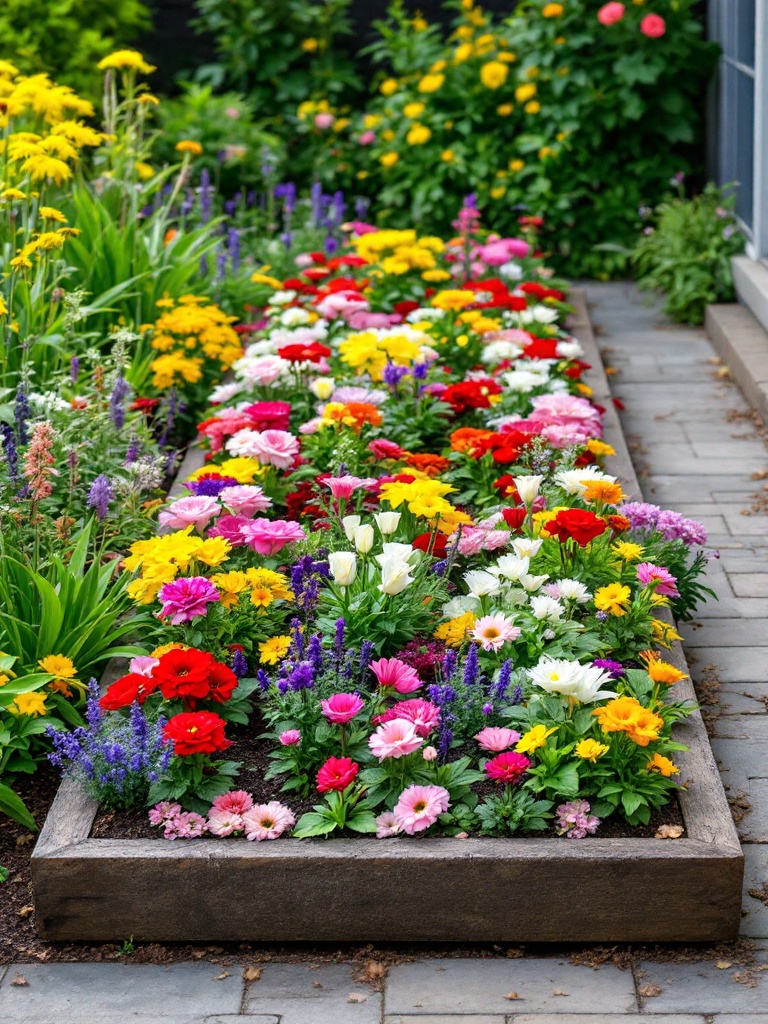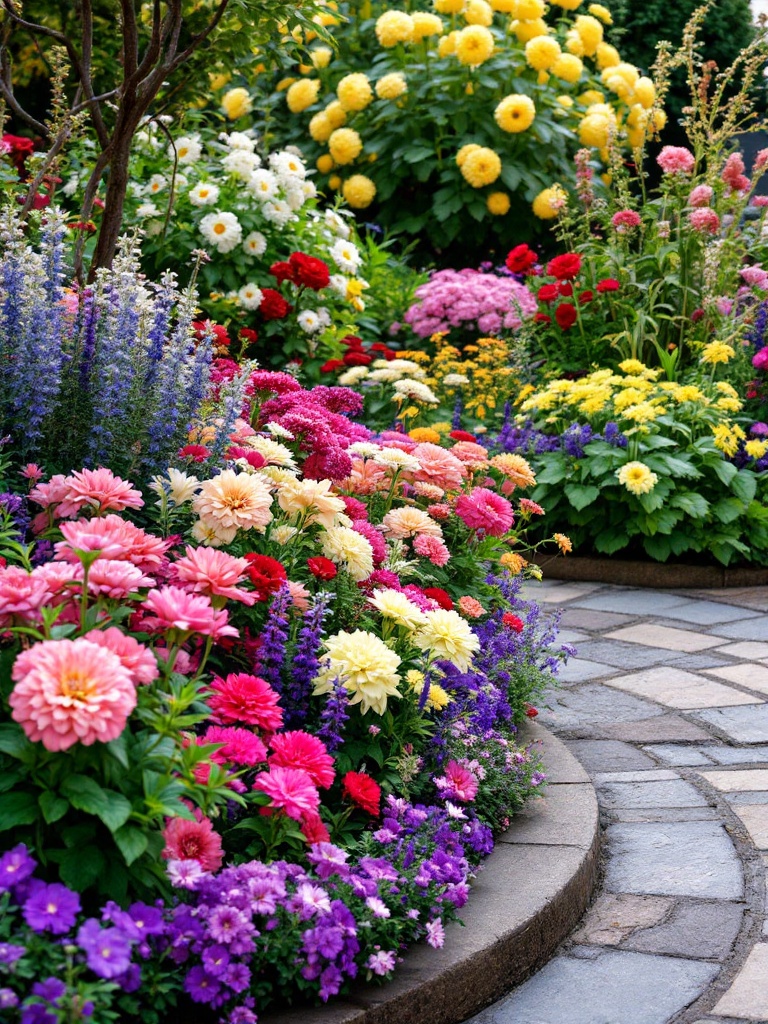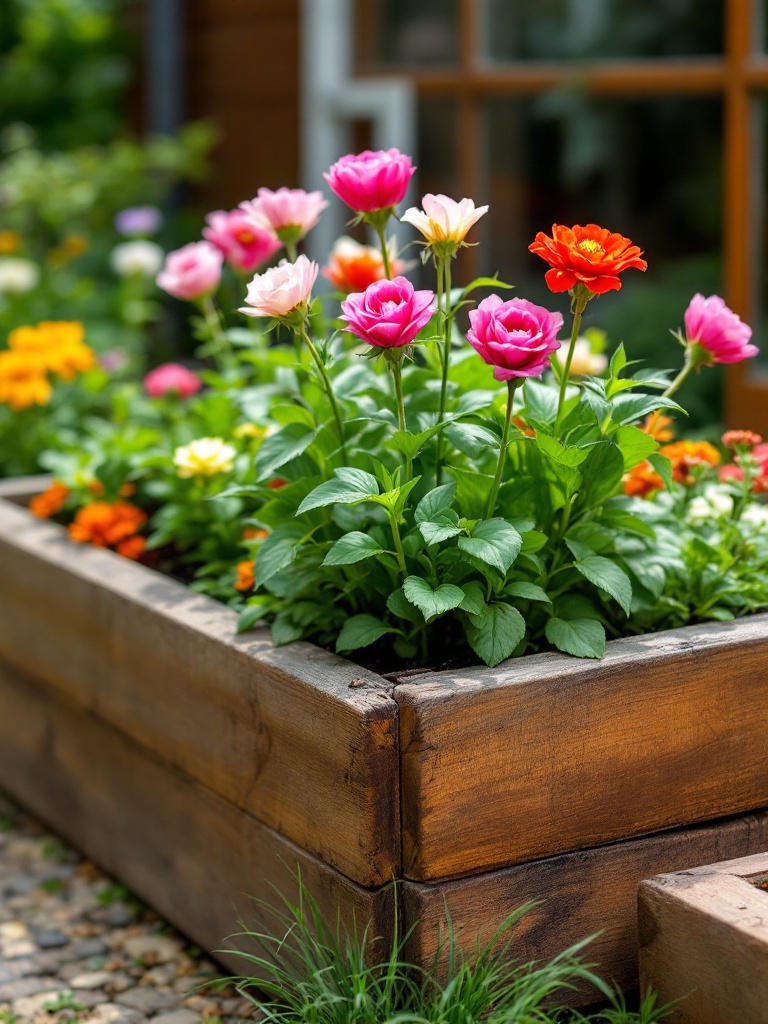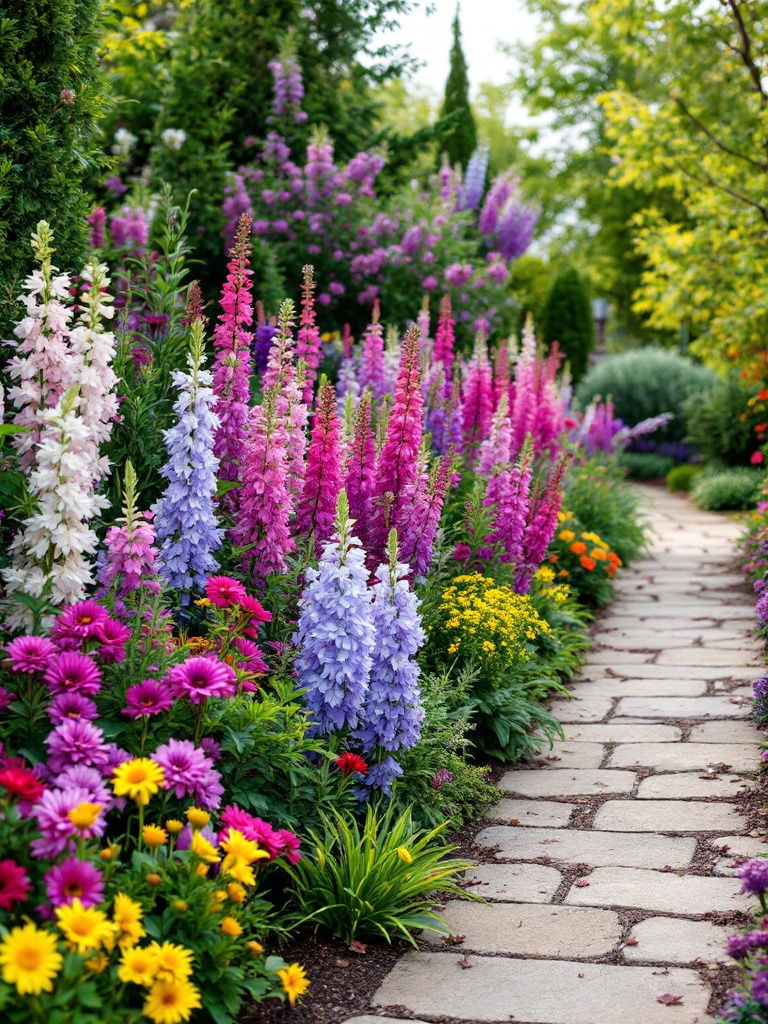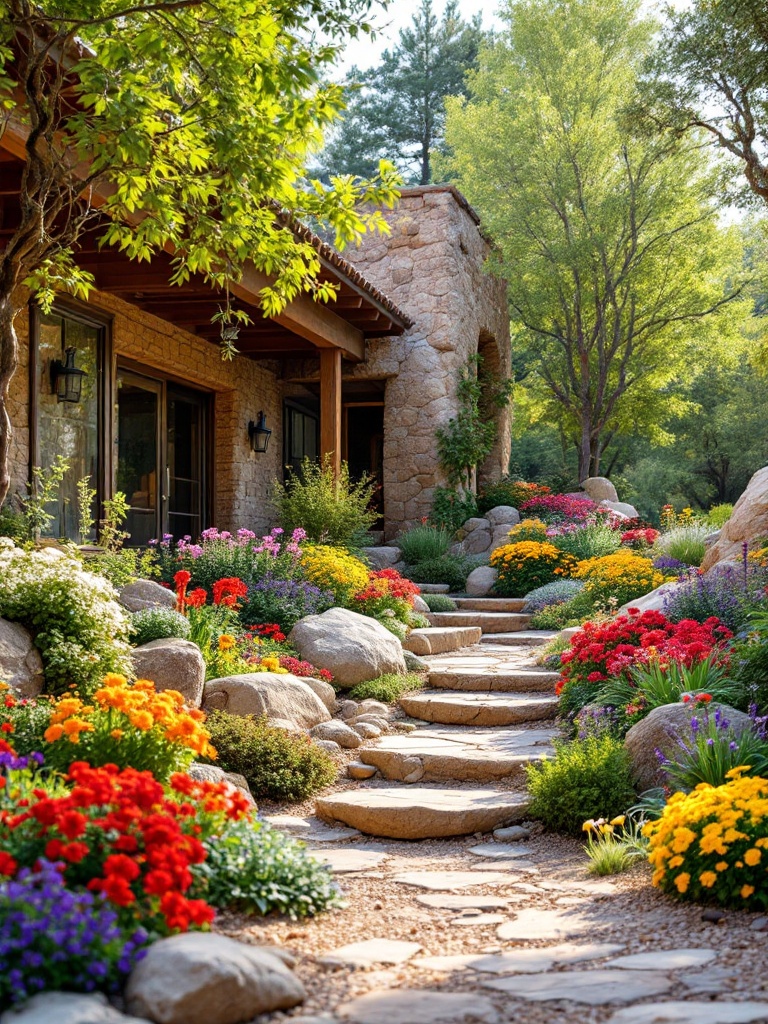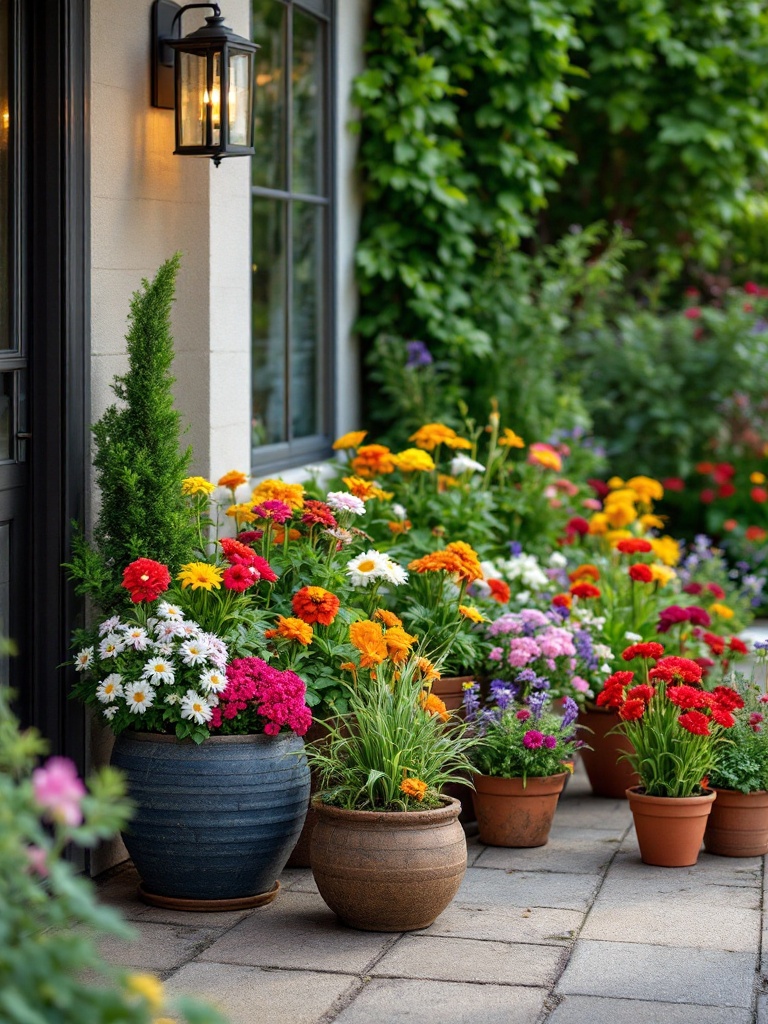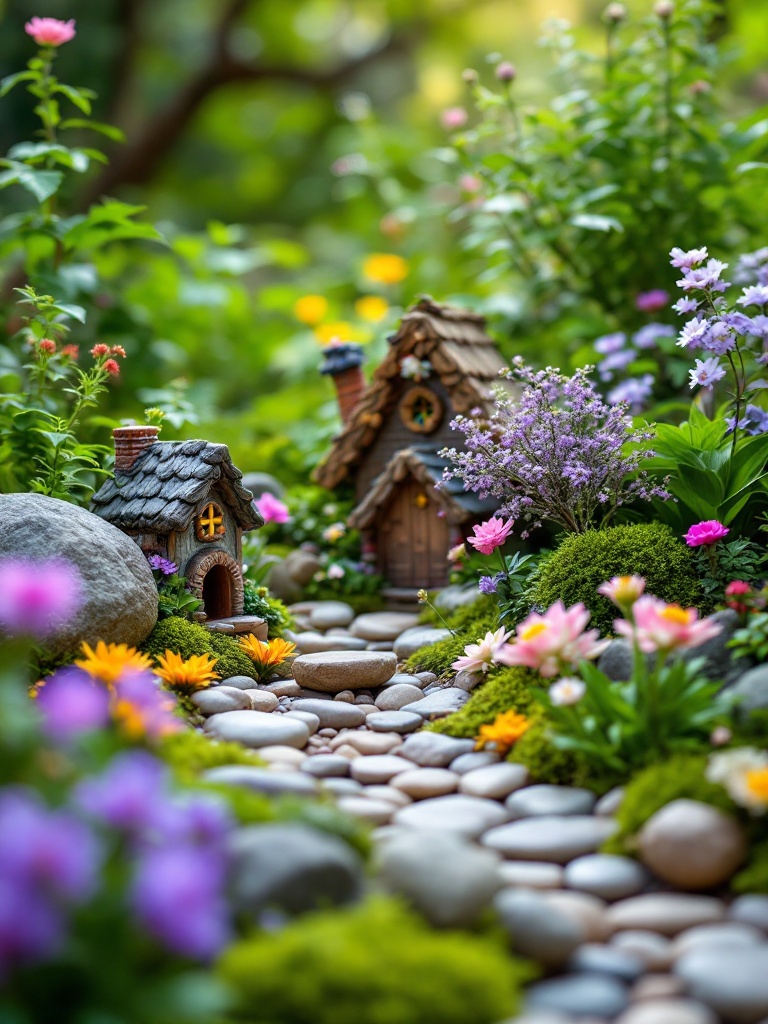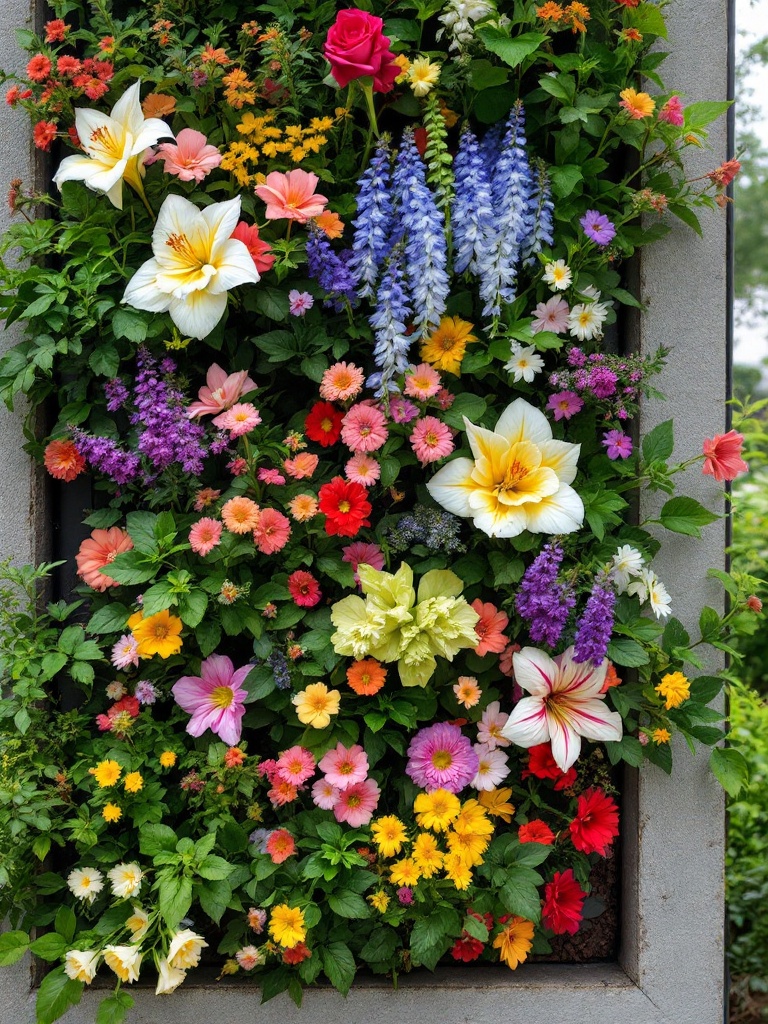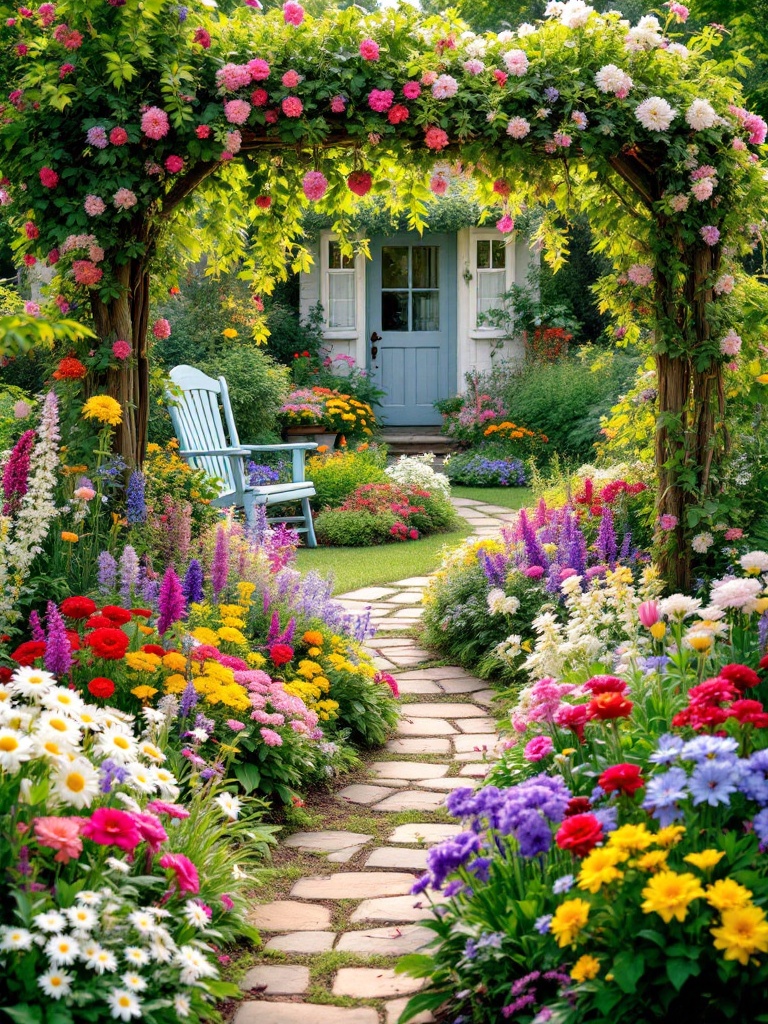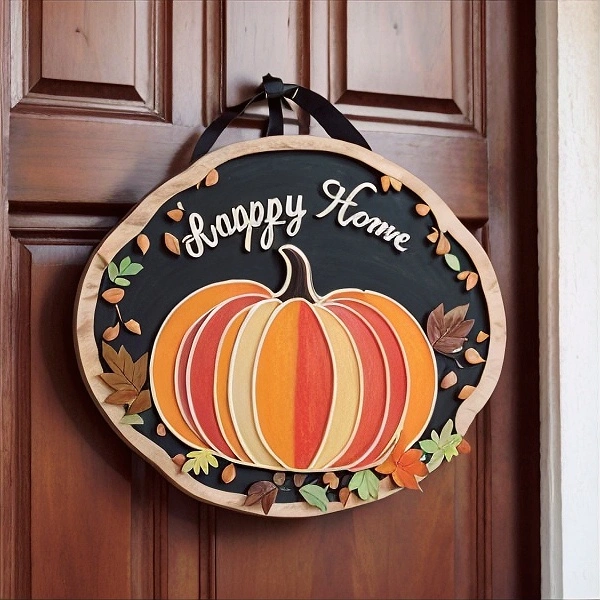Flower beds can transform any garden into a picturesque landscape filled with color and fragrance. Whether you are an avid gardener or just looking to enhance your home’s curb appeal, choosing the right flower bed design can make all the difference. This article explores nine stunning flower bed designs that cater to various tastes and gardening skills, providing inspiration for every garden enthusiast.
From traditional layouts to contemporary formations, these flower bed designs will guide you in creating a beautiful floral display. Each design offers unique ways to showcase different flower types, ensuring that your garden remains vibrant throughout the seasons.
1. Classic Rectangle
The classic rectangle flower bed design is a timeless choice that fits well in any garden. This design allows for neat rows of flowers, making it easy to maintain and visualize planting schemes. Typically bordered by stone or wood, the rectangular flower bed provides a clear structure that can accommodate a variety of flowering plants.
With this design, you can easily create seasonal layers by planting taller flowers in the back and shorter ones in the front. This layout not only ensures that all flowers are visible but also allows for creative combinations of colors and textures.
2. Curved Edges
Curved edge flower beds add a soft, organic touch to your garden. Unlike traditional straight designs, curves guide the eye and create a more natural flow. This design is particularly suitable for informal gardens and can complement existing paths and landscaping.
Layering flowers in a curved bed can enhance its beauty. Consider planting vibrant blooms on the outer edges to draw attention to the bed, while using voluminous flowers towards the center for balance and fullness.
3. Raised Beds
Raised flower beds have become increasingly popular for their accessibility and aesthetic appeal. Building a flower bed above ground level can ease maintenance efforts and improve drainage, making it ideal for various flower types. You can use wooden planks, stones, or bricks to form these beds, giving you the freedom to design according to your style.
Raised beds not only look attractive within a garden but also allow for an extended growing season. Plus, they can be positioned strategically for maximum sunlight exposure, ensuring that your flowers thrive.
4. Perennial Borders
Perennial borders are a fantastic way to create flower beds that change with the seasons but remain vibrant year after year. This design focuses on planting perennials that bloom at different times, ensuring continual color throughout the growing season. Integrating various heights and bloom times offers a dynamic visual experience.
These flower beds require less maintenance over time, as perennials return each year. Grouping similar species together creates a stunning visual effect and encourages pollinators to thrive.
5. Rock Gardens
Rock gardens provide a stunning backdrop for hardy flowers and plants, making them an excellent choice for those in arid climates. Incorporating rocks and boulders into your flower bed design not only conserves water but also adds texture and dimension to your garden space.
For a successful rock garden, select drought-resistant plants that can thrive in rocky conditions. This design creates a mesmerizing contrast between vibrant flowers and the neutral tones of the rocks, while also mimicking natural ecosystems.
6. Container Gardens
Container gardens allow for flexibility and adaptability in any outdoor space. You can easily position pots and planters with flowers wherever you desire, making them ideal for patios or balconies. This design also opens up opportunities for creative arrangements and colorful displays.
Choose a variety of containers that complement each other in size and style. Mixing flowers with different heights and colors can create a beautiful focal point within your yard, allowing for bursts of color without the commitment of in-ground plants.
7. Fairy Garden Beds
Fairy gardens are whimsical flower bed designs that invite creativity and imagination into your space. These miniature gardens often incorporate tiny plants, decorative elements, and charming figurines to create a magical atmosphere. It’s a perfect way to engage children and adults alike in gardening.
By using a mix of small flowering plants, moss, and whimsical decorations, you can create a serene little nook in your yard. The joy of fairy gardens lies in their customization, as each person can craft a unique story through their design.
8. Vertical Gardens
Vertical gardens are an innovative solution for those with limited space. By growing flowers upwards on trellises or wall-mounted planters, these designs allow for a wider range of plants in a smaller footprint. Vertical flower beds can be stunning wall features that enhance the visual appeal of your garden.
This design not only maximizes space but also creates a striking arrangement of colors and textures at eye level, making it easy to enjoy your flower bed from various angles.
9. Cottage Style
The cottage-style flower bed is characterized by an informal layout filled with a mix of wildflowers, perennials, and annuals. This design has a relaxed, inviting feel and is perfect for creating a cheerful and carefree garden atmosphere. Layering flowers of varying heights and colors can create a lush and overflowing effect.
Incorporating pathways, arbors, or rustic furniture can further enhance the charm of a cottage-style flower bed, making it a perfect spot for relaxation and enjoyment in your garden.
Conclusion
In conclusion, flower beds are an essential part of any garden, offering endless possibilities for design and arrangement. By exploring these nine flower bed designs, you can choose a layout that caters to your style and gardening needs, ultimately allowing you to enjoy the beauty of flowers throughout the growing season.
Whether you prefer classic styles or contemporary options, the right flower bed design can enhance your outdoor space, making it a delightful retreat filled with color and life.
Frequently Asked Questions
What flowers are best for flower beds?
The best flowers for flower beds include marigolds, petunias, geraniums, and perennials like daisies or echinacea, depending on your climate and soil type.
How do I maintain my flower beds?
Regular watering, mulching, deadheading flowers, and monitoring for pests are key maintenance tasks for keeping your flower beds healthy.
When is the best time to plant flower beds?
The best time to plant flower beds generally falls in the spring after the last frost or in the fall for perennial plants that need to establish roots before winter.
Can I design a flower bed in a shady area?
Yes! Many shade-tolerant flowers, such as hostas, astilbes, and ferns, can thrive in shaded flower beds.
How can I make my flower bed look fuller?
To make a flower bed look fuller, opt for a mix of flower heights, use annuals to fill gaps, and ensure consistent maintenance for healthy growth.

